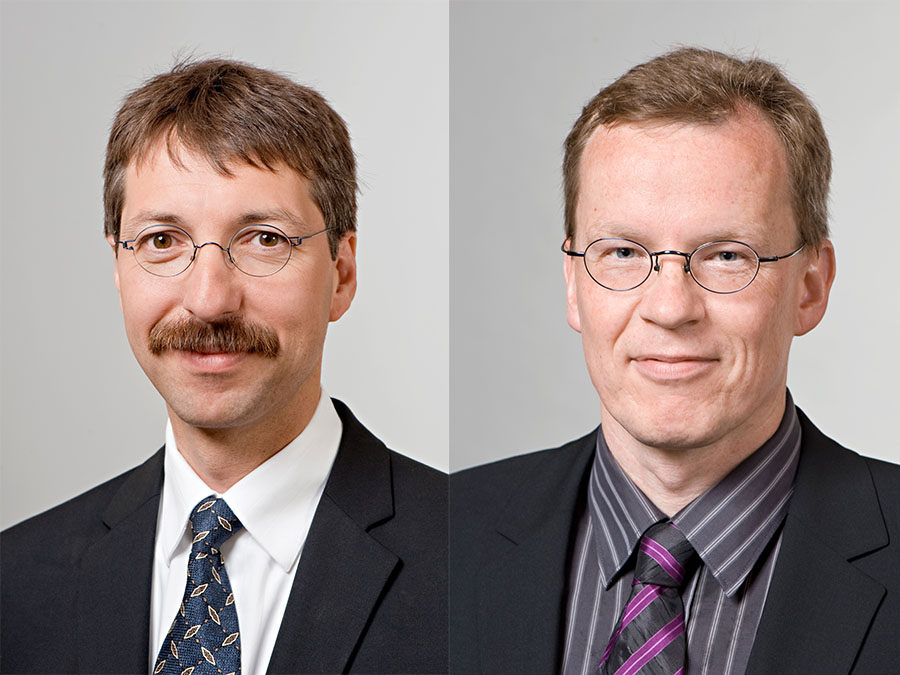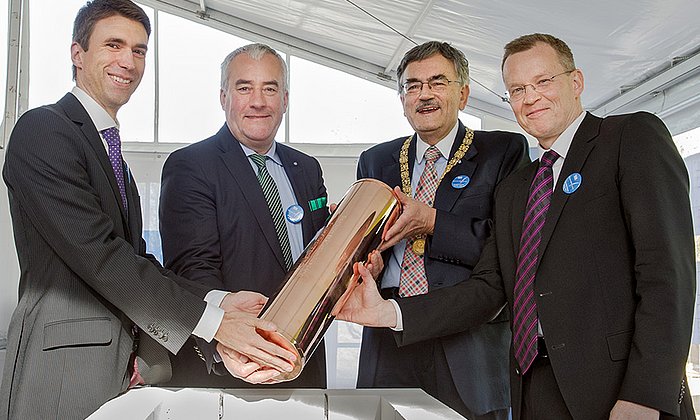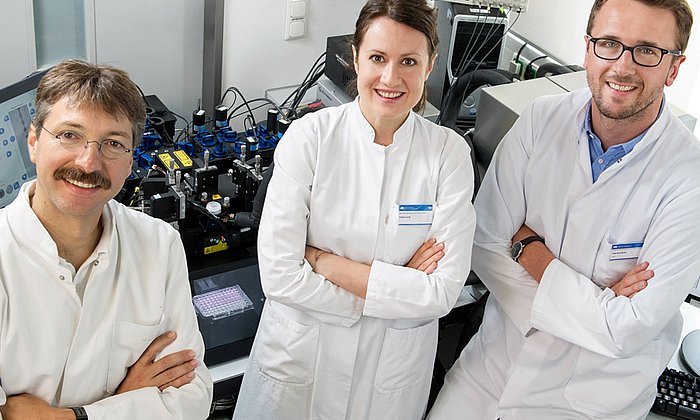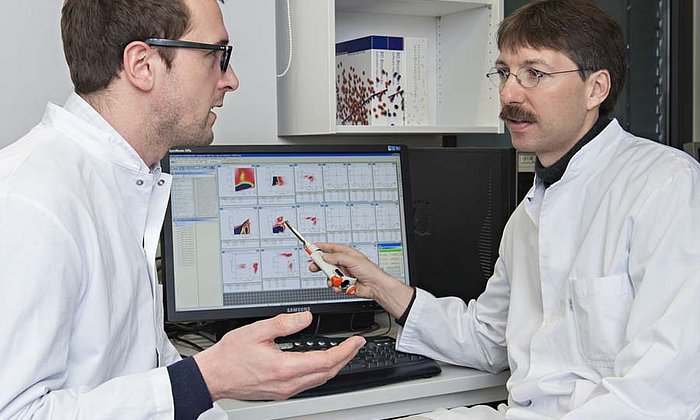German National Academy of Sciences awards membership to two scientists from the TUM
Dirk Busch and Michael Sattler become members of Leopoldina

Prof. Dirk Busch
Dirk Busch and his team develop new technologies which facilitate the use of immune cells, so-called T cells, for diagnostic and cell therapy applications. Antigen-specific T cells are of crucial importance in the fight against infections and cancer. Part of the research undertaken by the medical scientist involves the investigation of how T cells can be made visible and observed during an immunoreaction. His aim is to gain a better understanding of how immune responses are controlled and long-term immunological protection is triggered. The direct clinical application of his findings is to be found in immunocompetent cell therapy or the development of new vaccination strategies.
After studying medicine in Mainz and Freiburg and completing his doctorate, Dirk Busch commenced his clinical infectiology training in Würzburg before continuing it later at Yale University under Prof. Eric Pamer (1996-1999). He qualified as a lecturer in 2003 and completed his residency in medical microbiology and the epidemiology of infection (2005) at the TUM. He has been a Director of the Institute for Medical Microbiology, Immunology and Hygiene at the TUM since 2009.
Prof. Michael Sattler
Prof. Sattler’s research focuses on the development and application of biomolecular nuclear magnetic resonance spectroscopy (NMR). The objective of his work is to describe the structure, dynamics and molecular interactions of biological macromolecules, such as proteins or RNA, with each other and with small molecules and active agents. He and his team aim to understand the molecular bases of fundamental biological processes and disease mechanisms.
After studying chemistry and completing his doctorate in Frankfurt, Prof. Sattler’s next career move was to Chicago, and a research residency with Dr. Stephen W. Fesik (Abbott Laboratories). In 1997, he became a group leader at the European Laboratory for Molecular Biology (EMBL) in Heidelberg. Since 2007, he has been a full professor in the chemistry department at the TUM. He is also a Director of the Institute of Structural Biology at the Helmholtz Zentrum München and Director of the Bavarian NMR Center.
The Leopoldina brings together researchers from some 30 countries and has approximately 1,500 members. As the German National Academy, Leopoldina represents German science on international bodies and provides statements on the scientific principles of political and social issues.
More information:
Technical University of Munich
Corporate Communications Center
- Dr. Vera Siegler
- vera.siegler@tum.de
- presse@tum.de
- Teamwebsite


![[Translate to en:] Weil die Arbeit mit Zellen hochreine Bedingungen erfordern, tragen die Wissenschaftler in den Reinräumen Schutzbekleidung. (Foto: M. Neuenhahn / TUM) As work with cells requires highly-pure working conditions, the scientists wear sterile clothing in the clean rooms. (Photo: M. Neuenhahn / TUM)](/fileadmin/_processed_/1/a/csm_IMG_0185_web_70d3585054.jpg)
